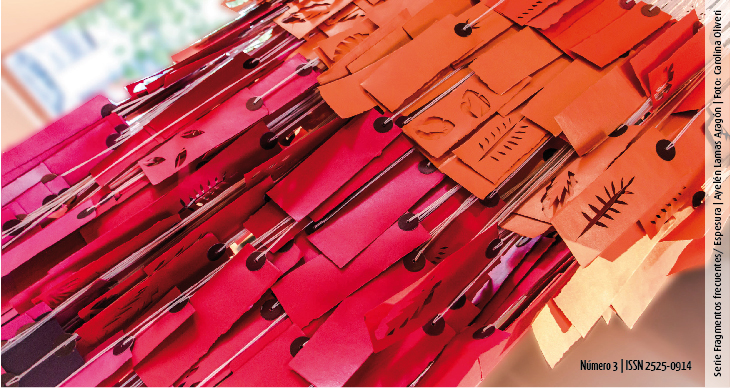Design and Representation. Historical Debates and Challenges of the Present
DOI:
https://doi.org/10.24215/25250914e005Keywords:
Design, representation, form, history, cultureAbstract
The representation is in the prefiguration phase of thedesign project not only as mimesis of something that iselsewhere, but of something that does not exist yet. We cansay that in addition to a formal problem it is fundamentallyideological and that, in a second aspect, the design, whilegenerating representations, uses them for their projects.In this sense it is essential to review some of the historicaldebates that during the conformation of the disciplinehave involved the problematic, and how they are rethoughtat present. Finally, it is proposed to reflect on the role ofhistorical training in dealing with the current challenges ofprofessional practice.Downloads
References
Álvarez Caselli, P. (2014). Decir mucho con poco: La economía de la imagen como forma de representación. Diseña, (4), 136-141. Recuperado de http://diseno.uc.cl/wp/wp-content/uploads/2015/05/2012_Alvarez_RD4_Decir.pdf
Arnheim, R. (1985). El pensamiento visual. Buenos Aires, Argentina: Eudeba.
Bernatene, R. (Comp.). (2015). Historia del diseño industrial reconsiderada. La Plata, Argentina: Edulp.
Chaves, N. (2001). El oficio de diseñar. Propuestas a la conciencia crítica de los que comienzan. Barcelona, España: Gustavo Gili.
Da Vinci, L. [1498] (2004). Tratado de pintura. Madrid, España: Akal.
Gabo, N. y Pevsner, A. (1920). Manifiesto Realista o Constructivista. Recuperado de https://es.scribd.com/doc/51120224/Manifiesto-Realista-1920
García Canclini, N. (1979). La producción simbólica. Teoría y método en sociología del arte. Ciudad de México, México: Siglo Veintiuno.
Gombrich, E. (1987). La imagen y el ojo. Madrid, España: Alianza Forma.
Loos, A. (1972). Ornamento y delito y otros escritos. Barcelona, España: Gustavo Gili.
VV. AA. (1971). Bauhaus. Madrid, España: Comunicación.
VV. AA. (1998). Gran Espasa Ilustrado. Madrid, España: Espasa Calpe.
Downloads
Published
How to Cite
Issue
Section
License
Current policy since 2019
The acceptance of the manuscript by the magazine means the non-exclusive cession of the property rights of the authors in favour of the editor, who allows the reuse, after publication (post print), under a license Attribution-NonCommercial-NoDerivatives 4.0 International.
According to these terms, the material can be copied and redistributed by any means or in any format as long as a) the author and original source of the publication are quoted (magazine and URL of the work), access to the license is provided and whether changes have been made is mentioned; and b) the material is not used for commercial purposes.
The cession of non-exclusive rights means that after the publication (post print) in Octante the authors can publish their work in any language, means and format; in such cases it must be mentioned that the material was originally published in this magazine.
Such cession also means the authorization of the authors for the work to be collected by SEDICI, the institutional archive of the Universidad Nacional de La Plata, and to be spread in the databases that the editorial team considers appropriate to increase the visibility of the publication and its authors.
Moreover, the magazine encourages the authors to deposit their productions in other institutional and thematic archives under the principle that offering the society the scientific and academic production without any restrictions contributes to a greater exchange of the global knowledge.























